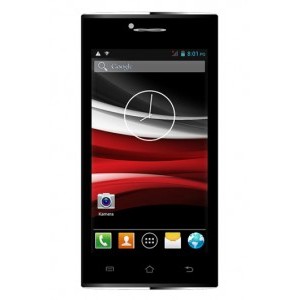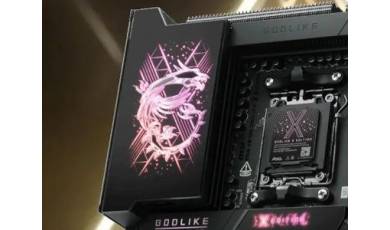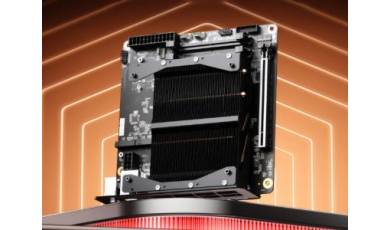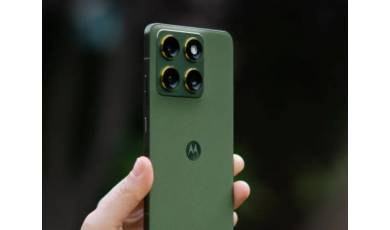IMO H33 specs.
Mobiles >> IMO >> IMO H33| Specifications | Reviews | Secret codes |
| Unlock phone | Root phone |
| Backup | Flash Firmware | Screenshot |

Basic Spec IMO H33
Smart Phone OS: An operating system (OS) is software that interacts between a user and a smartphone.
An operating system (OS) is software that interacts between a user and a smartphone.
Android 4.2.1 Jelly Bean
Chipset: Is a set of chips in the smartphone that control the CPU.
Is a set of chips in the smartphone that control the CPU.
MediaTek MT6572
CPU Speed:
1.3 GHz
GPU: Graphics Processing Unit
Graphics Processing Unit
ARM Mali-400
Display IMO H33
Primary display:
LCD 4.5" 854 x 480 pixels 16M colors FWVGA, 218 ppi
Secondary display:
No
Storage IMO H33
RAM: Random Access Memory
Random Access Memory
512 MB
Internal memory:
4 GB
Memory Card:
MicroSD,
Main Camera IMO H33
Primary camera:
2 MP 1600 x 1200 pixels Dual-LED flash
Selfie camera IMO H33
Secondary camera:
0.3 MP 640 x 480 pixels
Sound IMO H33
Headphone:
Yes 3.5mm
Network IMO H33
EV-DO:
No
GPRS: General Packet Radio Service
General Packet Radio Service
Yes
GSM:
850, 900, 1800, 1900
WCDMA:
850, 900, 1900, 2100
EDGE:
Yes
Connectivity IMO H33
Wi-Fi: Wireless lan technology
Wireless lan technology
Yes 802.11 b/g/n 0
NFC: Near field communication
Near field communication
No
GPS: Global Positioning System
Global Positioning System
Yes
Bluetooth: Bluetooth is used to exchange data between nearby mobile devices.
Bluetooth is used to exchange data between nearby mobile devices.
No
HDMI:
No
Hotknot:
No
USB: Universal Serial Bus
Universal Serial Bus
Yes Micro-USB
Infrared:
No
Features IMO H33
Waterproof:
No
Dustproof:
No
Shock resistant:
No
Sensors:
Accelerometer, Proximity
Battery IMO H33
Capacity:
2500 mAh Li-Ion
Size IMO H33
Dimension:
135 x 68 x 9.3 mm
SIM:
Mini-SIM, Dual-SIM
Colors:
black, white
Comments, Questions and Answers about IMO H33
Ask a question about IMO H33






